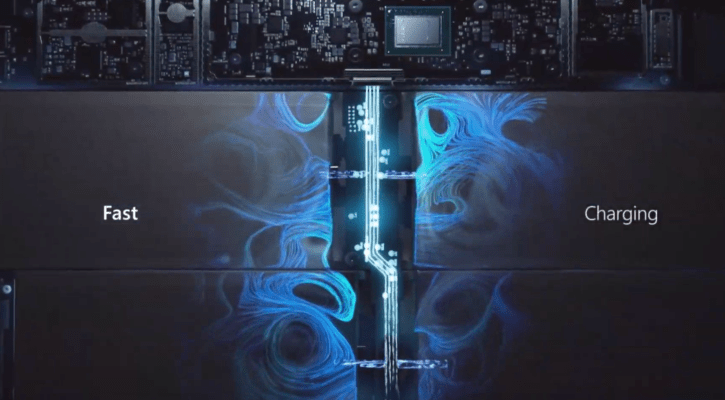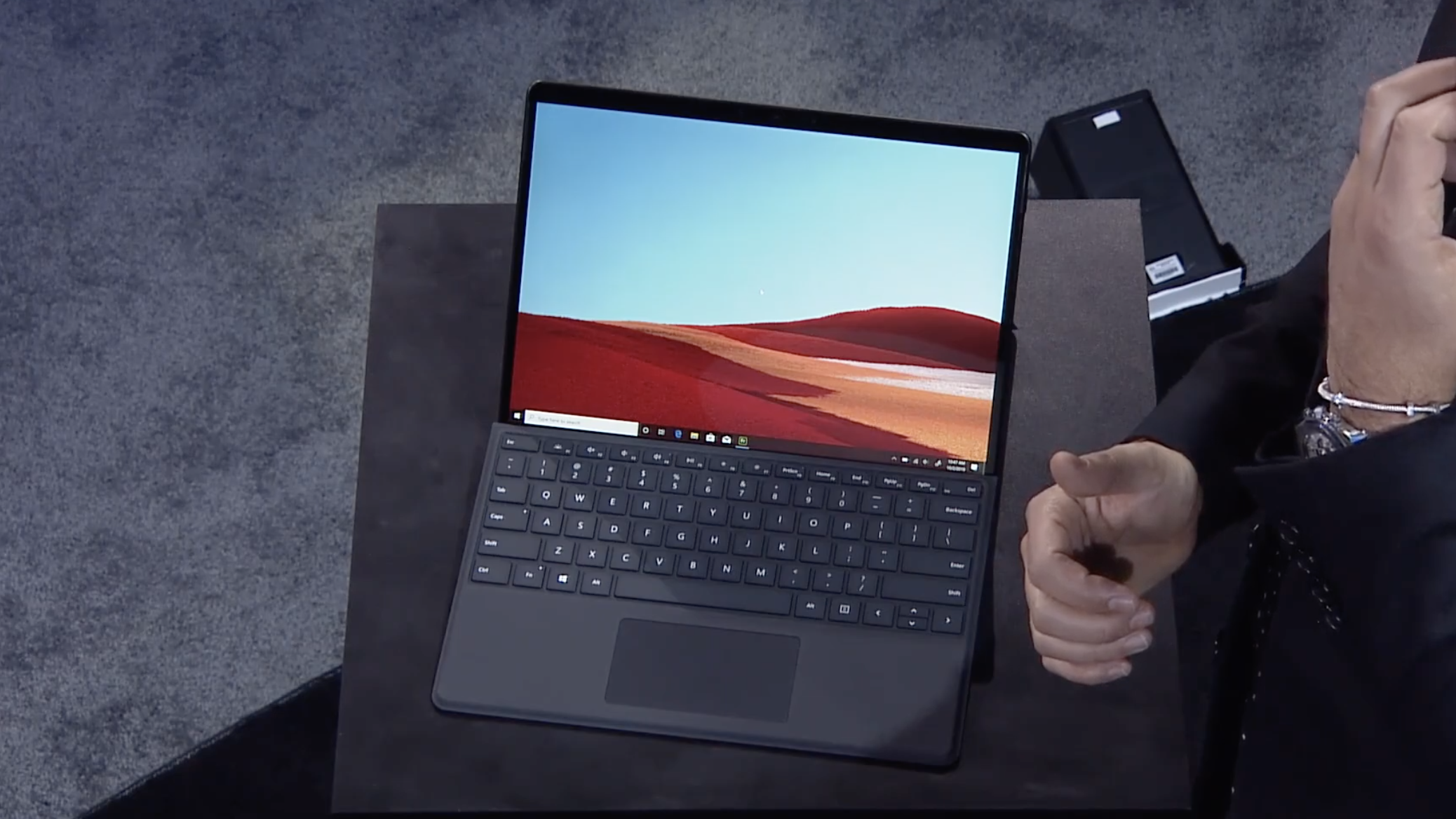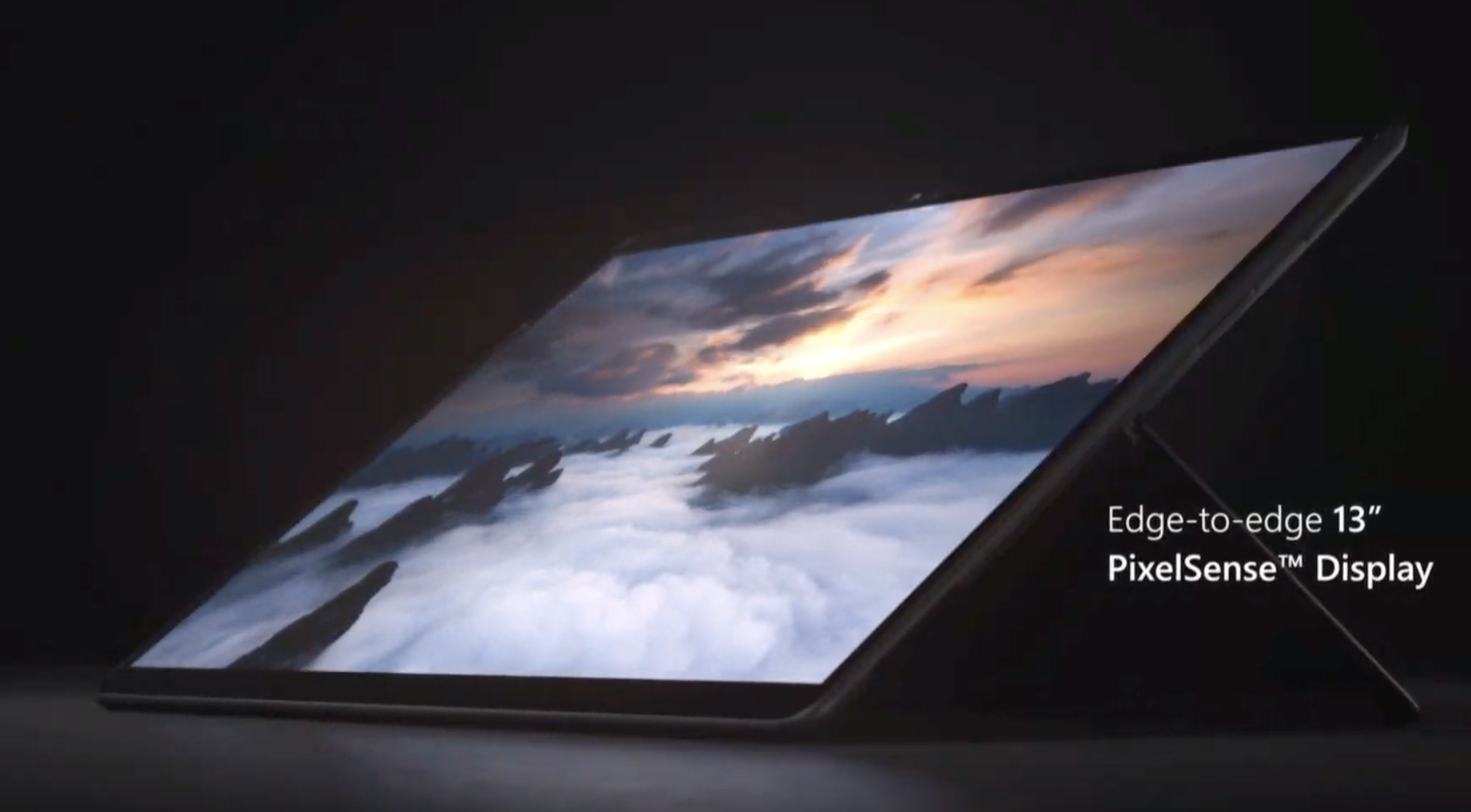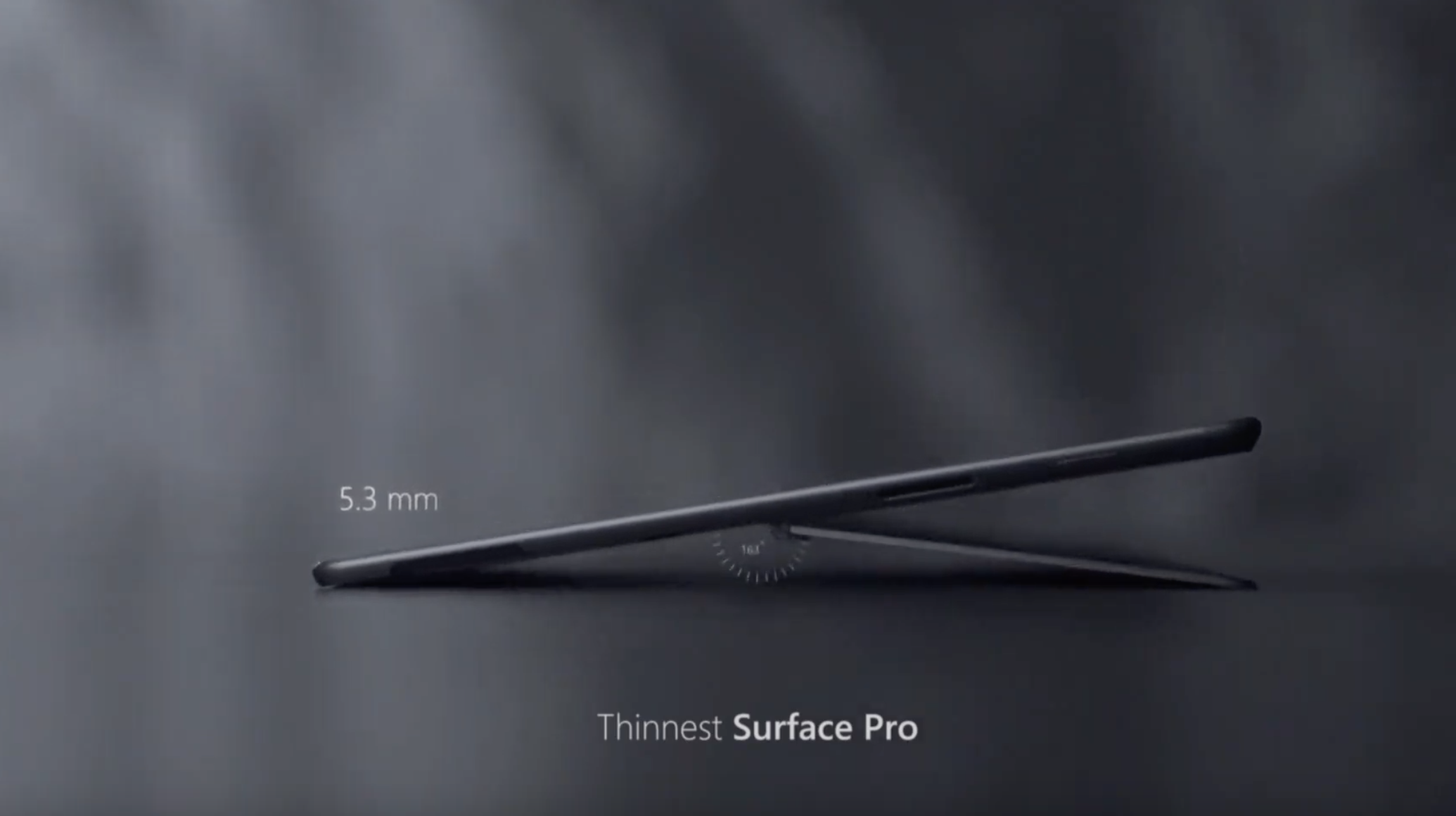At its annual Surface hardware event, Microsoft today announced the long-rumored ARM-based Surface, the first time Microsoft itself has launched a device with an ARM-based processor inside. The 13-inch device will use Microsoft’s own custom SQ1 chip, based on Qualcomm’s Snapdragon and an AI accelerator, making it the first Surface with an integrated AI engine. Microsoft and Qualcomm also worked on building custom-designed GPU cores for the Pro X, which will run Microsoft’s version of Windows 10 for ARM.
The Pro X will be available on November 5, starting at $999, and is now available for pre-order.
Microsoft started its flirtation with ARM-based devices a few years ago and that work culminated in the launch of a number of ARM-powered devices from HP, Asus and others, promising all-day battery life, the ability to still run almost every Windows application and performance comparable to a lower-end Intel chip. To do this, Microsoft is using a binary translator that converts X86 instructions into ARM64 as necessary, while still compiling almost all of the native Windows 10 libraries for the ARM architecture.
Like Microsoft’s other new Surface devices, the 13-inch ARM-based Pro X will feature USB-C ports and LTE connectivity. The screen features a 1400:1 contrast ratio and a 2880×1920 resolution and can be extended to a 4K screen. At its thinnest point, the Pro X is 5.3mm thin and weighs 1.68 pounds. There’s also a removable hard-drive, a first for the Surface line.
Together with Qualcomm, Microsoft designed its own custom processor for this (the SQ1). Microsoft also stressed the work the team did on building an AI engine into the chipset.
Microsoft also launched a new, slimmer Surface pen for the Pro X, which will feature its own storage space on the new Type Cover for the device.
It’s no secret that ARM itself has worked hard to bring its chip design to laptops, desktops and servers. With every new generation of its design, the company talks about how it wants to get more of its chips into these machines, especially now that their performance is often more than adequate for many use cases. With this Microsoft partnership, it’s definitely getting a bit closer to this.




